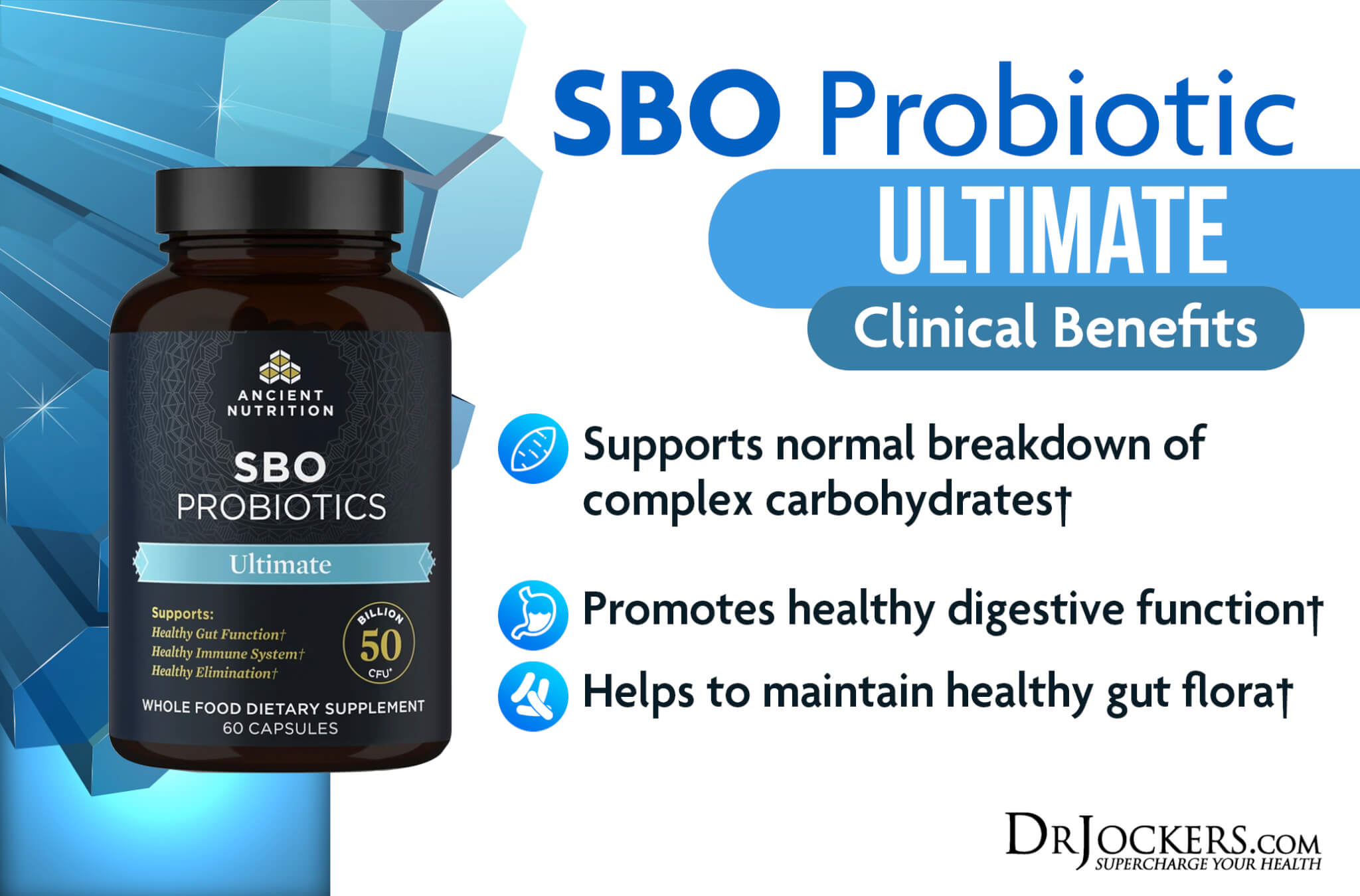 Addiction: Causes and Natural Treatments
Addiction: Causes and Natural Treatments
Tony Robbins said one of the most profound truths I’ve ever heard. It should be taped on our bathroom mirror, fridge door or car dash as a daily reminder; we all have areas in our lives that we need to change. Tony said, “Change happens when the pain of staying the same is greater than the pain of changing.”What a powerful truth! When it comes to addiction, this is often where people find themselves.
If your life and the lives of those you love has been devastated by your addiction to a substance you swallow, smoke, inject, or to a habit that holds you in a vice grip, this could be the most liberating, hope-filled thing you’ve ever read! Many people will benefit from this information and also from visiting a clinic such as Scottsdale detox center.
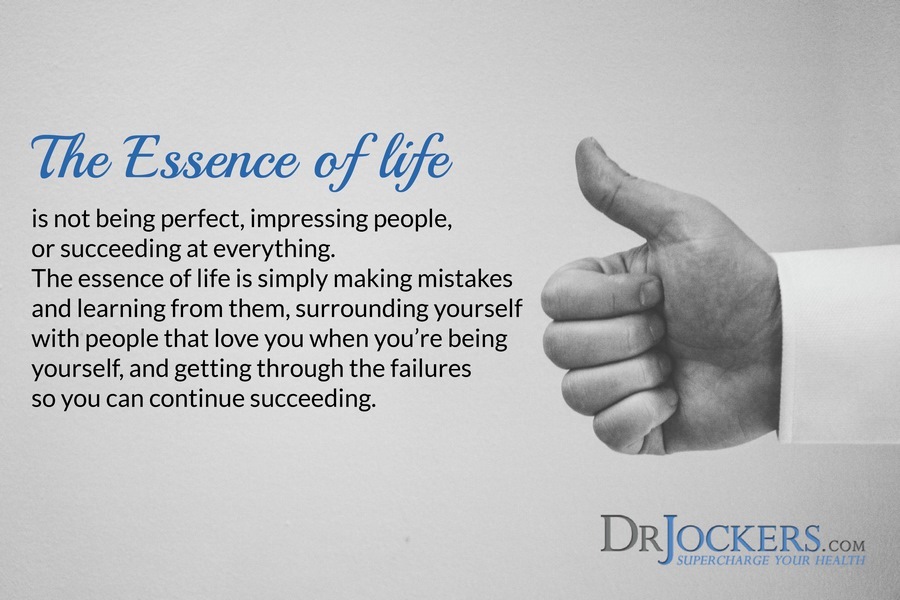
What is Addiction?
Psychology Today defines addiction as “a condition in which a person engages in use of a substance or in a behavior for which the rewarding effects provide a compelling incentive to repeatedly pursue the behavior despite detrimental consequences.” The same article goes on to say that, “because addiction affects the brain’s executive functions, individuals who develop an addiction may not be aware that their behavior is causing problems for themselves and others.
Over time, pursuit of the pleasurable effects of the substance or behavior may dominate an individual’s activities”(1). In plain words: the thrill you got at first is all but gone; and the more you take or do to get it back, the emptier and more hopeless you feel. You need a real answer…and you need it now!
The argument about whether addiction is primarily a medical condition, or a psychological and spiritual disorder as a result of painful life events is decades old, and many writers have argued for one side or the other. I am not going to address this specifically, except to say that I personally believe addiction is a complex malady of both the physical brain and the spiritual mind/emotions.
We can’t change yesterday…but we absolutely CAN have a new and bright tomorrow if we follow the principles of health and wholeness our Creator makes available to every one of us. It’s a matter of choice.
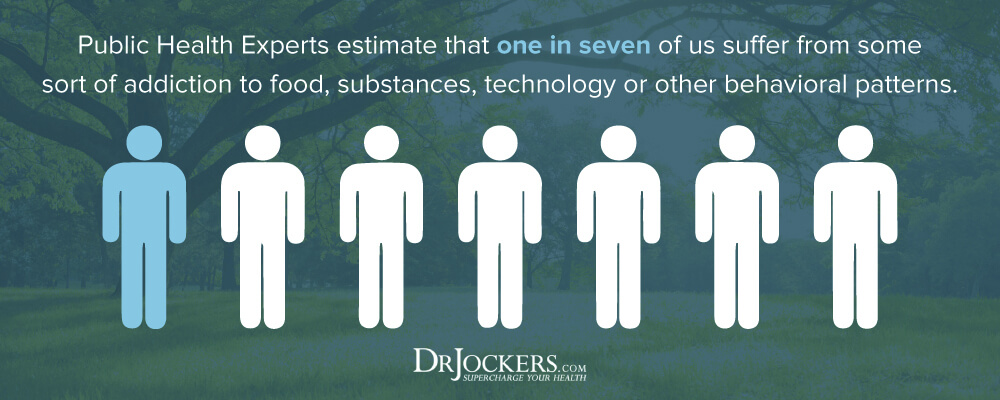
The First Step in Beating Addiction
Before we roll up our mental sleeves and get into the science of brain chemistry and addiction, I want to shine a spotlight on two powerful questions which will illuminate everything else in this article:
If you or someone you love is addicted but can answer “YES” to these two questions, your healing and wholeness is assured!
- Do you want to be free from addiction and enjoy life the way you always hoped it would be? Do you want it enough to do whatever it takes to turn your life around?
- Are you willing to risk hoping again, in spite of past disappointment or failure? Will you allow yourself to be guided in the process of full recovery and not be a lone ranger?
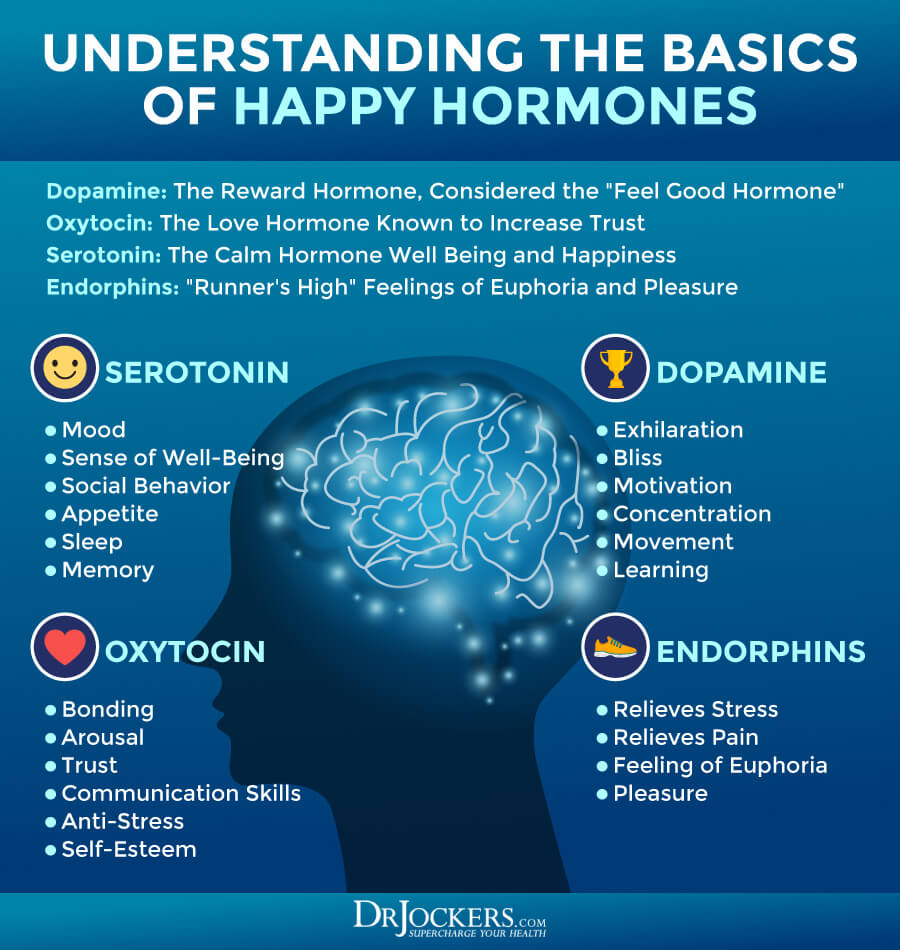 Symptoms of Addictive Behavior
Symptoms of Addictive Behavior
The most common symptoms of addiction are severe loss of control, continued drug abuse or ongoing compelling behavior despite serious consequences, preoccupation with the addictive substance or experience, failed attempts to quit, tolerance and withdrawal.
According to guidelines established by the American Psychiatric Association (DSM-IV) and World Health Organization, to be diagnosed as an addiction at least 3 of the following criteria must be present:
- Do you use more alcohol or drugs, or increasingly engage in a compelling behavior, over time?
- Withdrawal. Have you experienced physical or emotional withdrawal when you stopped using? Have you experienced anxiety, irritability, shakes, sweats, nausea, or vomiting? Emotional withdrawal is just as significant as physical withdrawal.
- Limited control. Do you sometimes drink or use drugs more than you would like? Does one drink lead to more drinks sometimes? Do you ever regret the next day how much you used or that you repeated compelling behavior even though you didn’t intend to?
- Negative consequences. Have you continued to use in spite of negative consequences to your mood, self-esteem, health, job, or family?
- Neglected or postponed activities. Have you ever put off or reduced social, recreational, work, or household activities because of your use or habit?
- Significant time or energy spent. Have you spent a significant amount of time obtaining, using, concealing, planning, or recovering from your habit, whether a substance or a behavior? Do you spend a lot of time thinking about using? Have you ever concealed or minimized your use? Have you ever thought of schemes to avoid getting caught?
- Desire to cut down. Have you sometimes thought about cutting down or controlling your use? Have you ever made unsuccessful attempts to cut down or control your use?
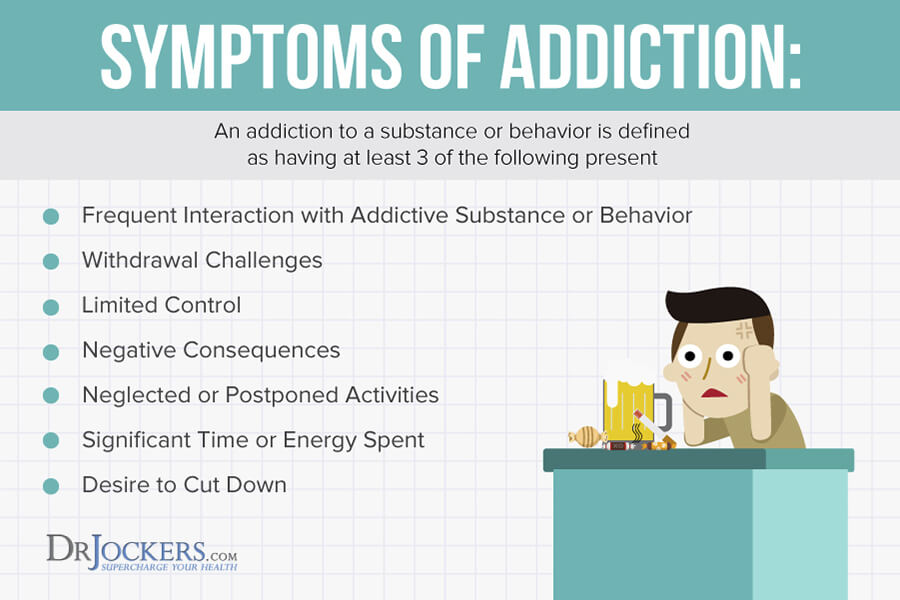
Addiction and the Brain
Addiction isn’t as much about being able to go for periods of time without the addictive substance or behavior as it is about not having the internal wiring – or “brakes” – to be able to stop at a healthy point. I have known alcoholics who go totally without a drink every year for a month at Lent. But once they have that first drink again, their brain literally compels them to return to their former alcoholism.
Anyone who is addicted – be it to drugs, alcohol, pornography, sugar, shopping, gambling or a host of other life-controlling habits – knows he or she is trapped. He may not want to stop, or he may be desperate to be free. Either way, it is helpful to have a basic understanding of the force behind the addiction. That force is the malfunctioning BRAIN; and not just the physical organ but the emotional/spiritual mind that expresses thoughts and feelings through the brain (2).
To understand why the addicted brain is the dark force behind destructive habits, we need a short primer in chemistry – brain chemistry.
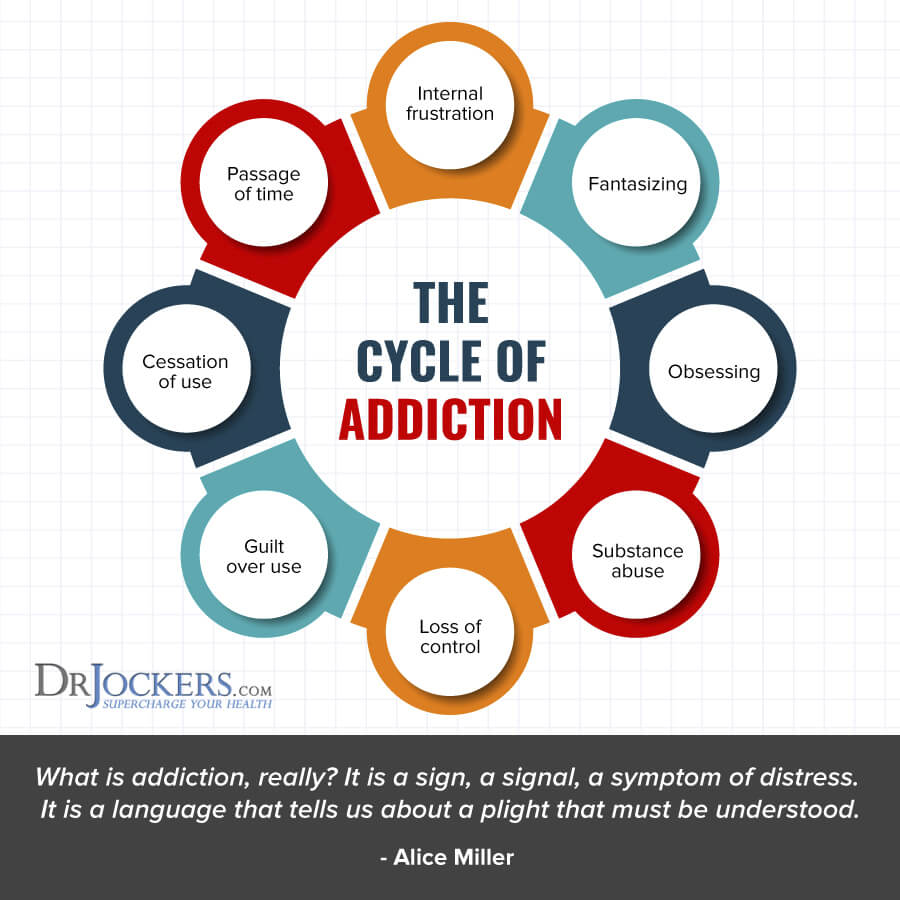
Brain Chemistry in Short
“Brain chemistry is the sum of all the chemical messaging that takes place in the brain, which allows it to carry out its daily functions such as generating movement, speaking, thinking, listening, regulating the systems of the body, and countless other functions.” (3).
Neurotransmitters are the basis of communication and messaging throughout the brain, literally sending thousands of electrical impulses in chain reaction from one part of the brain to a receptor in another part. Physical and mental illness is a result of distorted or blocked impulses and messages. If the wrong signal is sent, the wrong reaction occurs.
The two major players on the stage of both healthy and the addicted brain chemistry are the neurotransmitters DOPAMINE andSEROTONIN. It is when abnormally high levels of dopamine are released in the brain, and a corresponding deficiency of serotonin occurs as a result, that the birth of CRAVING hijacks the normal pleasure and reward systems in everyone’s brain.
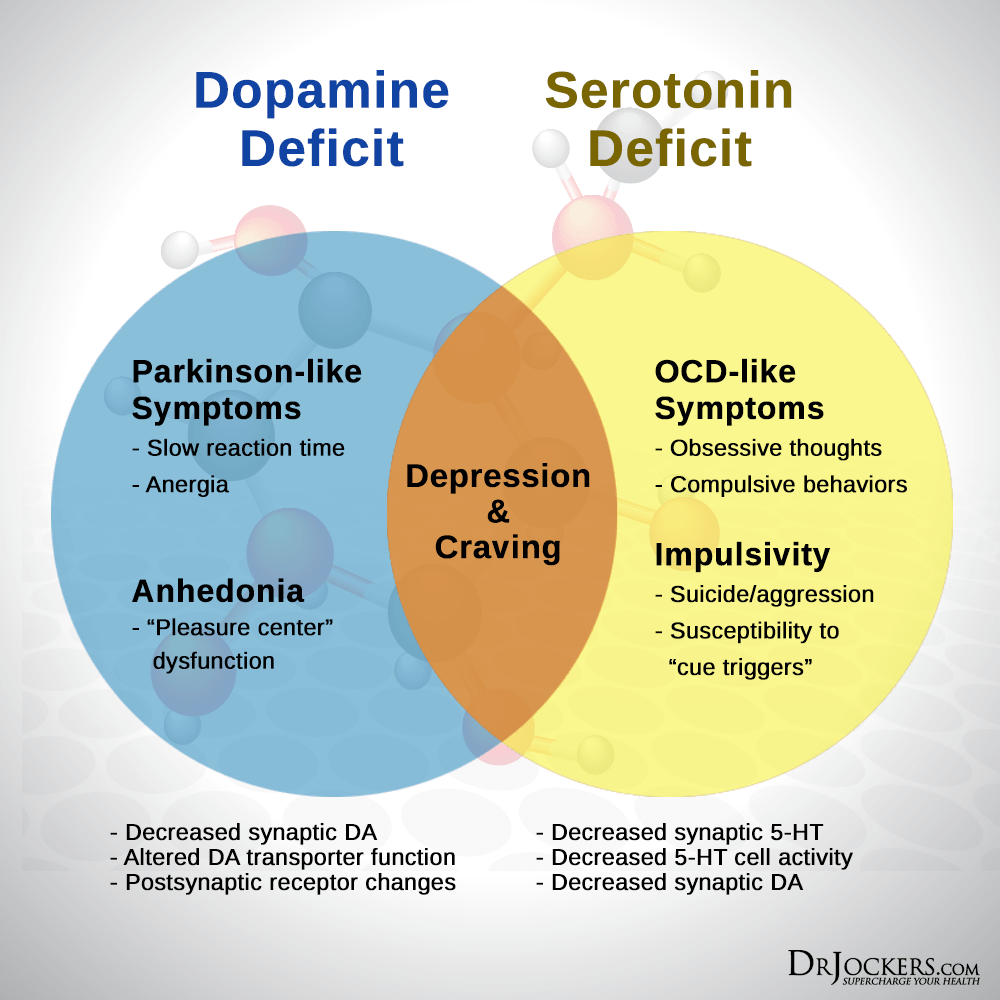
The Nucleus Accumbens – Tiny but Powerful!
Dr. Ronald Ruden in his classic book The Craving Brain, describes the pathology of addiction. According to his 40 years of research, he asserts that the roots of addiction come from the nucleus accumbens, influencing the same mechanisms and critical activities essential to our survival: eating and drinking, staying safe from harm and reproducing (4). Why is this important to know? Keep reading. It will make sense.
The nucleus accumbens is a small part of the brain toward the front, behind the prefrontal cortex. Sometimes called the brain’s “pleasure center,” this cluster of neurons is the CEO that regulates the interaction of the two major neurotransmitters we just discussed: dopamine and serotonin.
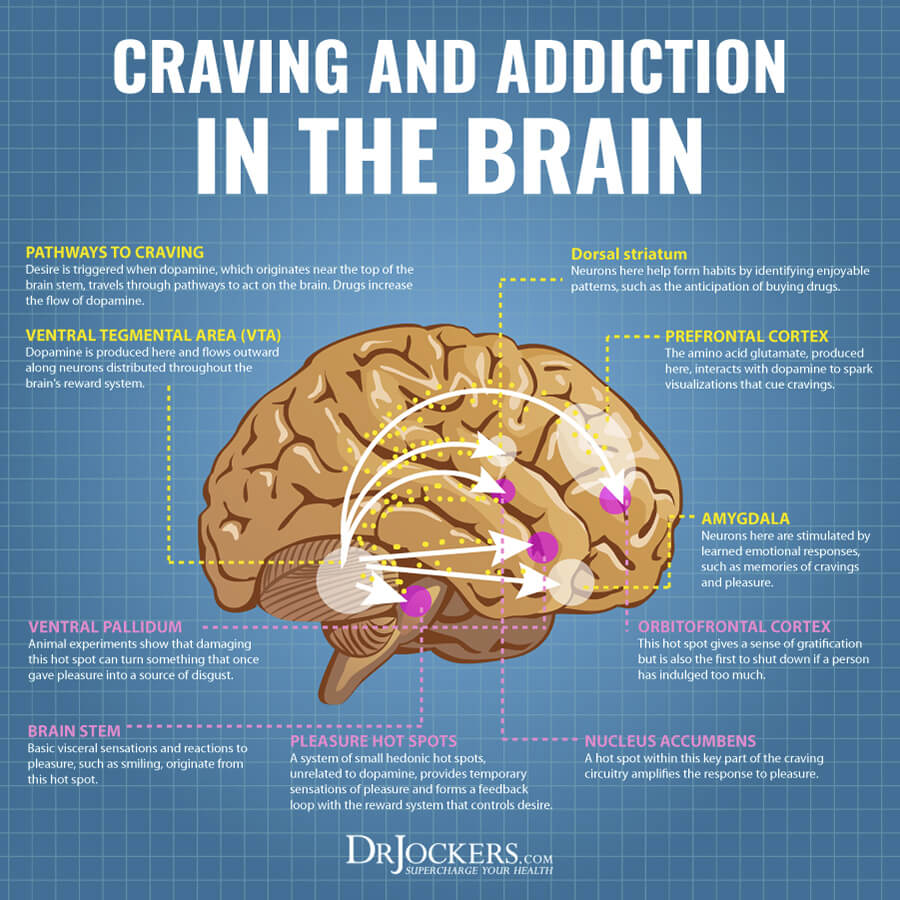
Dopamine & Serotonin
DOPAMINE motivates us to do what is necessary to meet our basic needs. It is vital to understand that dopamine, released in the nucleus accumbens, is the source of our feelings of pleasure. It is the reward pathway that consistently causes us to experience pleasure; and plays a key role in learning and memory.
These are two elements involved in the transition from liking something to becoming obsessed and addicted to it. The nucleus accumbens is also a link in the brain pathways that leads to addiction and depression. Damage to this region of the brain causes a lack of motivation and leads to addictive behavior.
But what about dopamine’s antagonist, SEROTONIN? In the yin-yang, ebb-and-flow of our brain chemistry, serotonin helps us feel satisfied after dopamine has motivated us to seek pleasure or safety in one way or another. Serotonin applies the brakes, while at the same time contributes to feelings of happiness and well-being, thus inhibiting the compelling motivation of dopamine.
If dopamine is the gas pedal that gets us going, serotonin is the brakes that tells us when we’ve arrived. Both are associated with feelings of pleasure. Just expressed in significantly different ways.
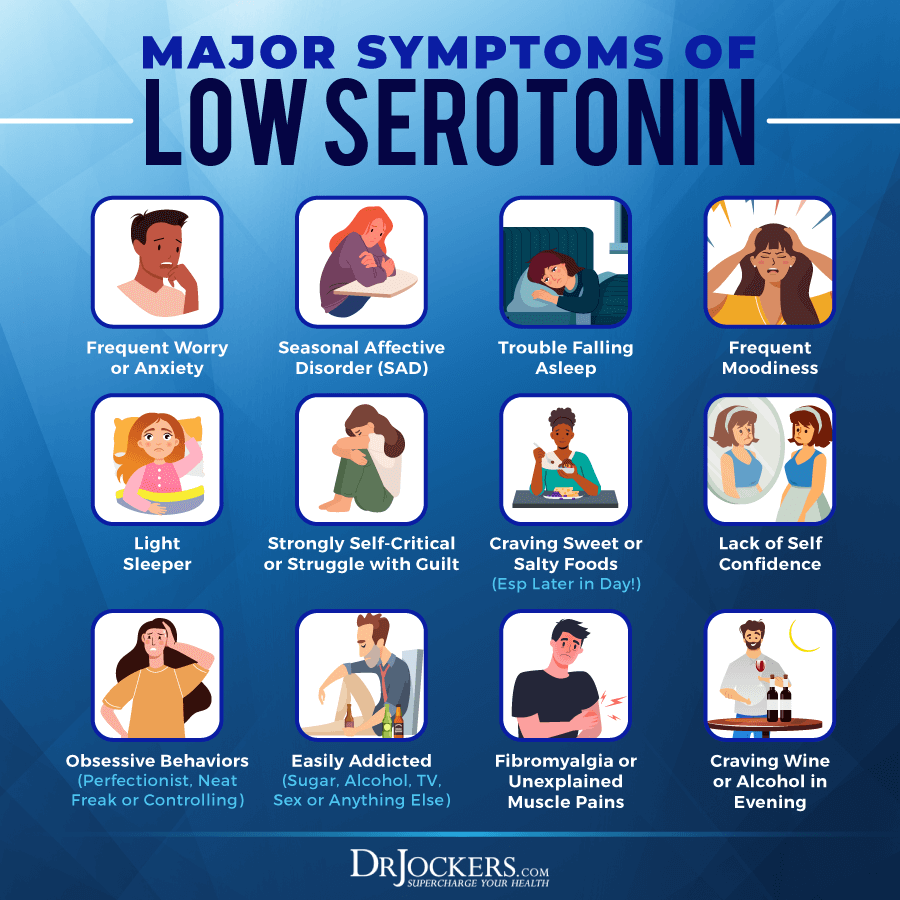
Public Enemy #1: STRESS
Remember we said before that the roots of CRAVING are in an over-abundance of dopamine and a deficiency of serotonin? There is one universally common factor in an imbalance between serotonin and dopamine: STRESS. Especially chronic, inescapable stress which lowers serotonin. When serotonin is low, not only do cravings increase, but depression and anxiety can also result.
In this way, a person can become vulnerable to any substitute that influences dopamine and serotonin levels, such as alcohol, drugs, or addictive processes such as sex, gambling or overeating. Ruden cites the case of Alston, now addicted to marijuana and alcohol, whose brain was forced to deal with chronic stress from a young age, a result of neglect and the low self-esteem created by his father.
His marijuana addiction plays a vital role in superficially helping him to not only regulate his emotions – something he was never safely helped to do in his primary years – but to satisfy his cravings for the happy, satisfied feelings produced by serotonin.

Fast track to the REWARD!
The brain registers all pleasures in the same way, whether they originate with a psychoactive drug, a monetary reward, a sexual encounter, or a satisfying meal. In the brain, pleasure has a distinct signature: the release of the neurotransmitter dopamine in the nucleus accumbens, a cluster of nerve cells lying underneath the cerebral cortex (see illustration) (5).
Dopamine release in the nucleus accumbens is so consistently tied with pleasure that neuroscientists refer to the region as the brain’s pleasure center.
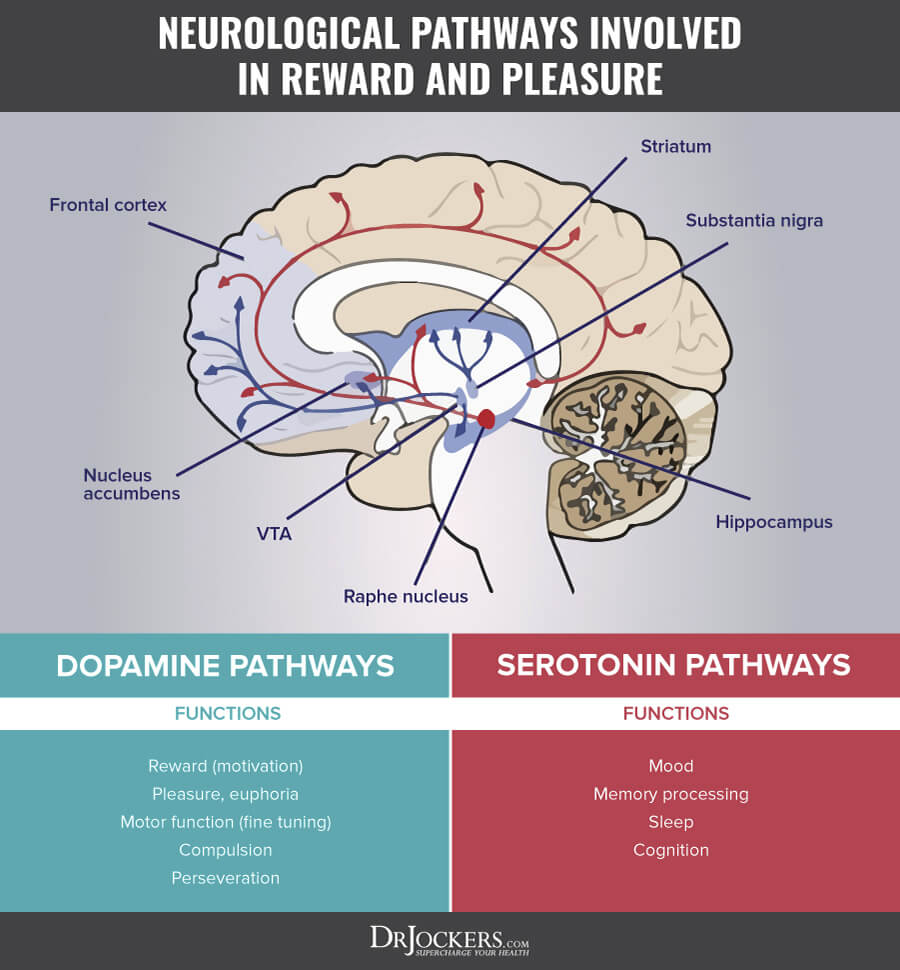
What Predicts Addictive Potential?
All drugs of abuse, from nicotine to opiates, cause a particularly powerful surge of dopamine in the nucleus accumbens. The likelihood that the use of a drug or participation in a rewarding activity will lead to addiction is directly linked to the speed with which it promotes dopamine release, the intensity of that release, and the reliability of that release.
In nature, rewards usually come only with time and effort. Addictive drugs and behaviors provide a fast track to the reward, flooding the brain with dopamine. Over time, brain receptors become overwhelmed; the brain loses its ability to produce its own dopamine and depends on substances to create it. This is how addiction begins.
Because of these adaptations, dopamine has less impact on the brain’s reward center. The desired substance no longer gives them as much pleasure. They must take more of it to obtain the same dopamine “high” because their brains have adapted — an effect known as tolerance. Every addicted person believes he or she can “handle” more – and more – and more. Their tolerance keeps rising (6).
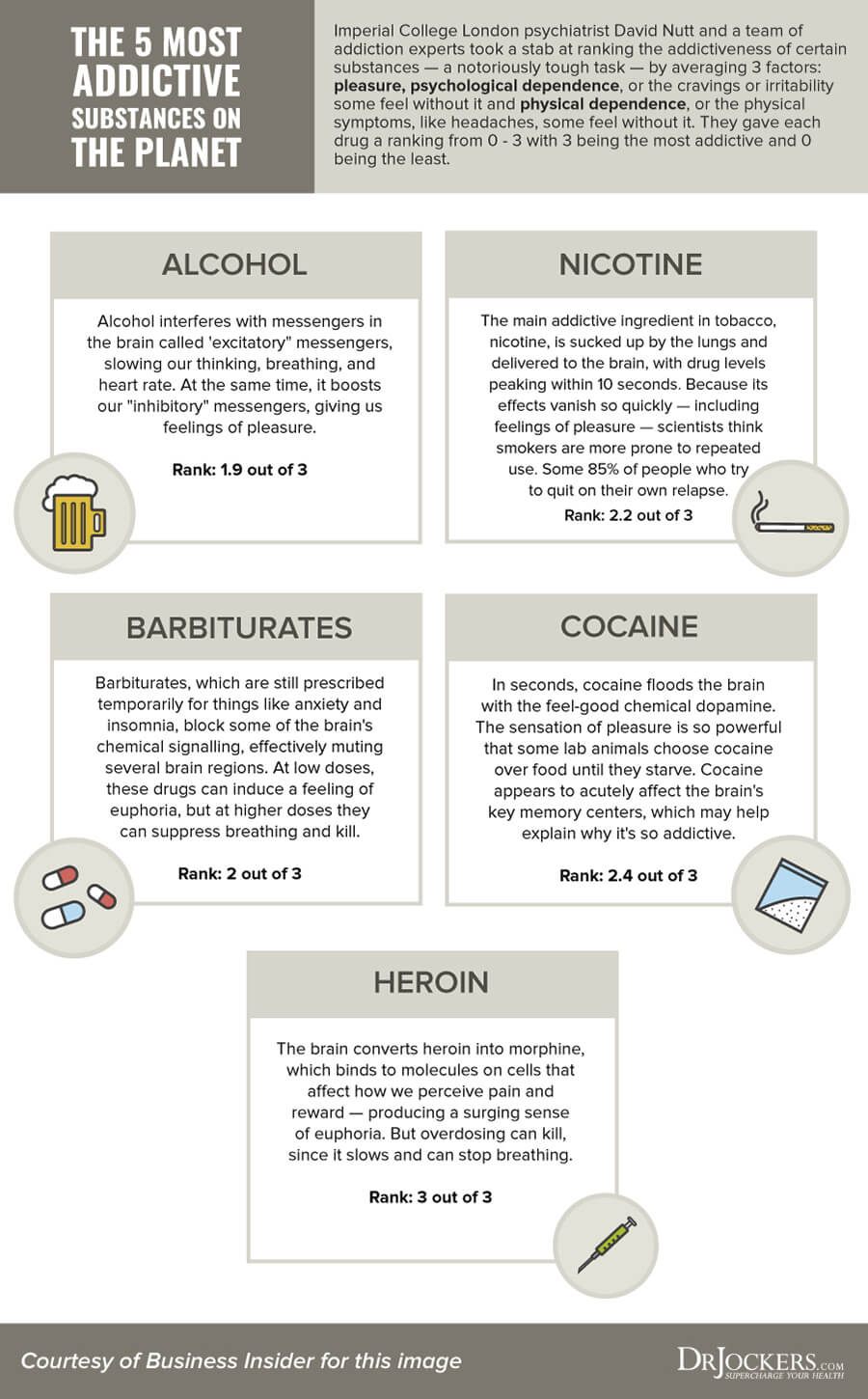
The Power of Compulsion
At this point, compulsion takes over. The pleasure associated with an addictive drug or behavior subsides — but the memory of the pleasure and the need to recreate it (the wanting) persists. The normal dynamic of healthy motivation is no longer functioning. Etching the brain with layer upon layer of pleasurable memories increases intense craving whenever the addict encounters a familiar cue that reminds him or her of the substance or behavior.
Whether dealing with a serious drug addiction, or you’re hooked on video games or social media, the remedy is the same. The road to freedom isn’t easy but it is simple. It is not my purpose or area of expertise to give professional advice on all the necessary steps to recovery. But I DO know a few simple, though hard at first, choices you can make right now, when you finish reading this article.
At some point, you will have to use faith to believe that the change you long for is POSSIBLE, and that you will receive the strength you need for each step, day by day. You didn’t get where you are in one week; so, don’t expect to unravel the tangled, crossed wires in your brain and in your soul overnight. BE PATIENT! It will happen.
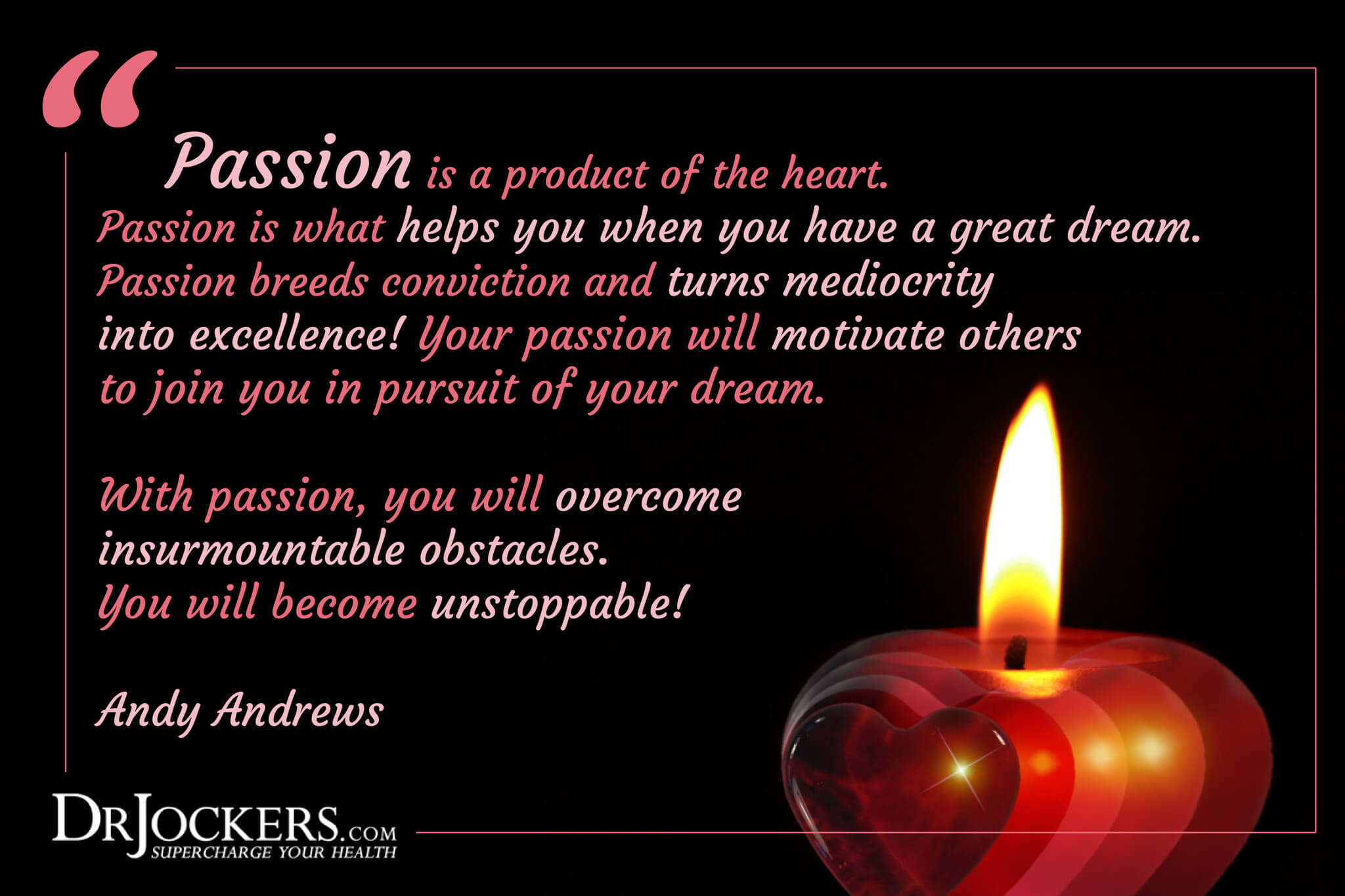
First Things First!
While not an exhaustive “to do” list for anyone seeking to be free from the life-destroying effects of addiction, I believe these action points and the information following on sugar addiction will set you on the right trajectory.
- Don’t do this alone. Particularly in the case of drug and alcohol addiction, it is essential that you have professional medical care as you go into the detox phase of your healing. You may believe you’re smart enough to handle withdrawing on your own. Don’t do it! There are too many serious risks; you don’t want to become a statistic.
- Research your local resources: the AA and NA groups nearby; churches that have support groups who would know of reputable detox facilities in the area; your county mental health office. If you are in the Orlando area, check out Serenity Springs Recovery Center
- Or call the Substance Abuse and Mental Health Services Administration’s (SAMHSA’s) National Helpline at 800-662-4357 or go to samhsa.gov/findhealth/national-helpline for information on hotlines, counseling services, or treatment options in your state.
- Reach out to a trusted family member or friend and tell them you have decided to get well but need their strong support. Let them help you in the detox process and especially afterwards, when the real work of changing familiar habits begins.
- Take some immediate steps (outlined below) that will make a huge impact on your recovery! You are conditioned to look for the quick fix, the fast high or relief from anxiety in whatever your addictive agent has been. So, the VITALLY IMPORTANT information I’m going to share may not feel very comfortable or convincing. IGNORE YOUR FEELINGS at this point. Make one healthy choice at a time, step by step, and keep it up…give yourself time. You’re not a machine that can be “fixed” in a few hours with the right parts and tools. You’re a person, created in God’s image, with a broken mind and plenty of painful memories and regrets. Be kind to yourself. There are people whose lives will be forever enriched by your decision to do whatever it takes to be free and healthy!

Brain Nutrition for Beating Addiction
Your brain is STARVING! It is, after all, simply an organ like all the others in your body, only as healthy and strong as what you feed yourself in addition to how you think. Did you know that your depleted neurotransmitters (dopamine, serotonin, and others) can only be restored by feeding yourself quality protein to create the amino acids necessary for the formation and function of every neurotransmitter?
Starving brains are brains barely operating due to low blood sugar and poor nutrition (7). You feel depressed, anxious, irritable, exhausted, hopeless and maybe even suicidal. Your poor mind has nothing with which to nourish itself and replenish the CRUCIAL neurotransmitters responsible for all your emotions, physical sensations, perceptions, learning ability and skills.
Stay with me here. This is important because only you can choose what you eat; and you probably have either hardly eaten at all for a long time, or have only eaten fast food junk, the sugary carbs that the craving, starving brain demands. Many of you have never learned to value good food, or to understand why our brains MUST be well-fed. The cycle of poor eating, stress and being addicted impairs digestion to the point that absorbing vital nutrients is all but impossible. It’s a Catch-22.

Nutrition, Blood Sugar, and Addiction
If you aren’t eating enough good protein or getting essential vitamins and minerals from the fruits and vegetables you eat (if you eat those at all), or if you have an inflamed gut or acid reflux from a destroyed stomach, you won’t benefit nutritionally from what you DO eat…and your brain will suffer the most for it.
It gets even more serious. Research in the dynamic of will power indicates that low blood sugar in the pre-frontal cortex – the part of the brain that thinks through consequences, stores and remembers recovery skills and motivates recovery efforts – weakens the addict’s ability to refuse the substance (or experience) he is desiring. Thus, RELAPSE is connected more to the quality of what we feed the brain than to any other dynamic.
MISSING A MEAL (a decent meal, not junk food) IS PROBABLY THE NUMBER ONE RELAPSE TRIGGER FOR ALL ADDICTIONS BECAUSE OF THE IMPACT OF LOW BLOOD SUGAR ON THE PRE-FRONTAL CORTEX – “Command Central” for decision-making, memory, learning and more.

SUGAR: The Mother of All Addiction?
The minute something sweet hits your tongue, your taste buds send an instant-message to your brain saying, “I love this stuff!” Next, your brain’s reward system ignites (back to the little nucleus accumbens!), unleashing a flood of dopamine. It is this chemical mechanism in the brain that causes the pleasurable “high” or intense happiness inked with addictive substances (8).
Meanwhile, your pancreas releases a hormone called insulin which your body uses to transport the sugar in what you just ate from the bloodstream into your cells. The cells use the sugar for immediate energy. Now you’ve got a dopamine reward and a little energy rush.
Do you see a familiar pattern here? The “craving brain” goes into high gear on sugar. It’s a double-hit “high” from the insulin rush and the accompanying dopamine release.
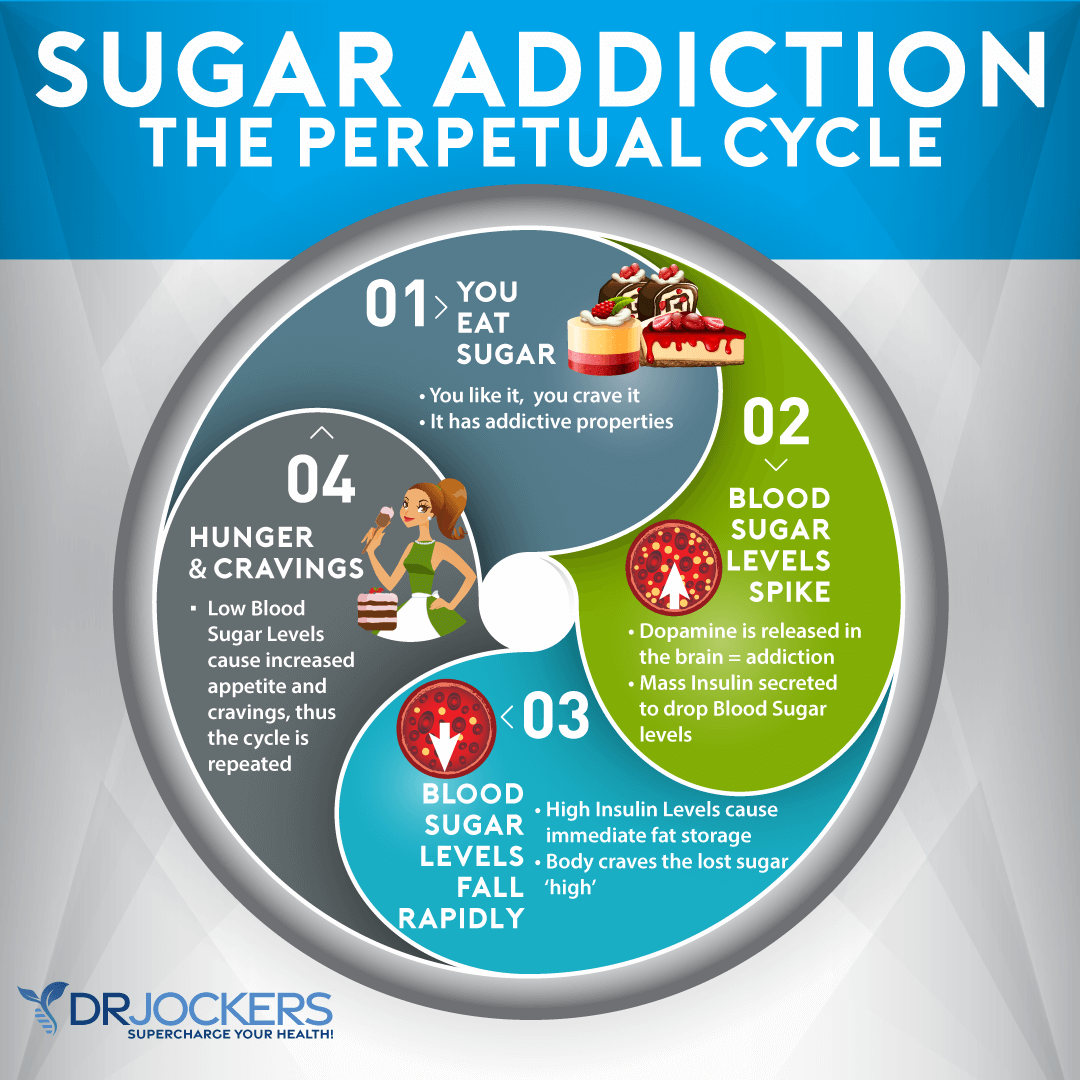
Sugar Brain Chemistry
As more and more sugar hits the blood and brain, the dopamine receptors start to shut down. This is an attempt to maintain balance. Fewer dopamine receptors simultaneously signals the brain to lower serotonin. This is because serotonin is released in response to dopamine.
Now your brain is deprived of both the energy rush (think “high”) from dopamine and the feeling of being satisfied from serotonin. More sugar is in demand to achieve the same results. Too much sugar = too much insulin to remove the sugar from our blood. Enter the “sugar crash” – low blood sugar causing a host of nasty physical and emotional symptoms.
In an ideal lifestyle, blood sugar levels rise gently after a healthy meal, providing energy, drifting slowly down about four hours later, causing the brain to signal “time to eat”. This cycle is supposed to occur in a balanced rhythm throughout the day, maintaining balanced, normal blood sugar levels. No wild ups and downs. Just steady energy.

The Impact of Hypoglycemia
It is thought that about 80% of all drug addicts and alcoholics have concurrent hypoglycemia. This is low blood sugar as a result of SUGAR ADDICTION. At the bottom of the sugar cycle, the body reacts by causing intense cravings, just like with any other addiction. We can’t function until we get a “hit” of what our brain is screaming for; and the vicious cycle starts all over again.
If you’re living in recovery from drug or alcohol addiction, everything you just read makes perfect sense. You’re very familiar with the intense highs, lows, and cravings associated with addiction. You are also painfully familiar with the depression, anxiety and sense of hopelessness. These often occur from a severe imbalance in serotonin and dopamine levels.
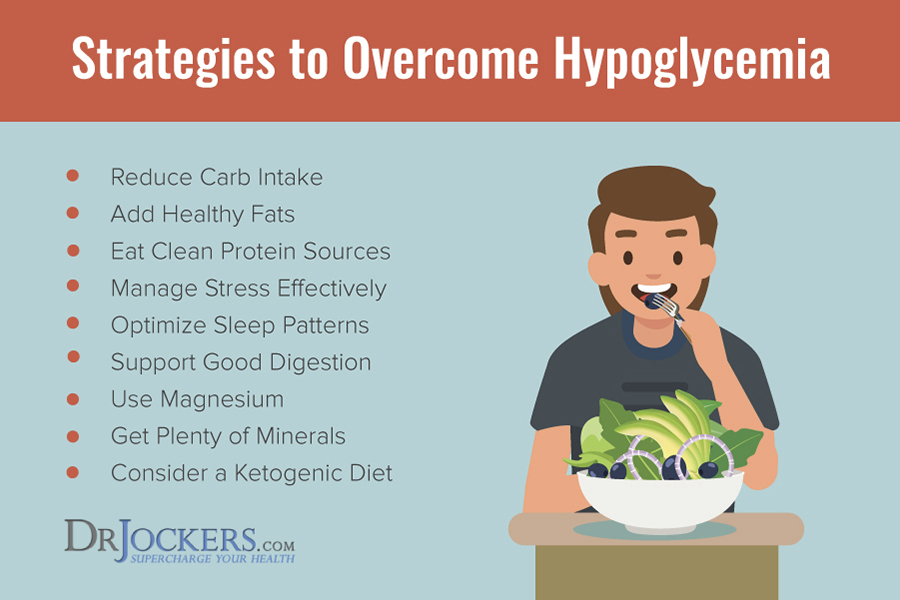
Coffee and Donuts, Soda and Candy – Recipe for Failure!
So, someone goes into treatment or a 12-Step meeting desperate and committed to sobriety. They enter with depleted neurotransmitters and a starving brain. Often they are in withdrawal, craving, foggy, depressed and anxious – at best. They are told they need pharmaceutical drugs to deal with their symptoms.
Sometimes candy (or donuts or soda or anything loaded with sugar) are encouraged to stop the craving. Many addicts then switch their addiction to sugar, which should be classified as a potent addictive “drug”. The desperate addict gains too much weight and stays moody.
There are treatment programs residents are fed healthy food and feel better. They often return to their former unhealthy eating habits when they leave, however. No one taught them how to shop or cook for themselves.
They know to avoid hunger but not what to feed their brains; and how vital it is to avoid SUGAR. They have been given zero instruction on the nutrition supplements so essential to healing their broken brain chemistry. Is it any wonder the relapse rate is so high?
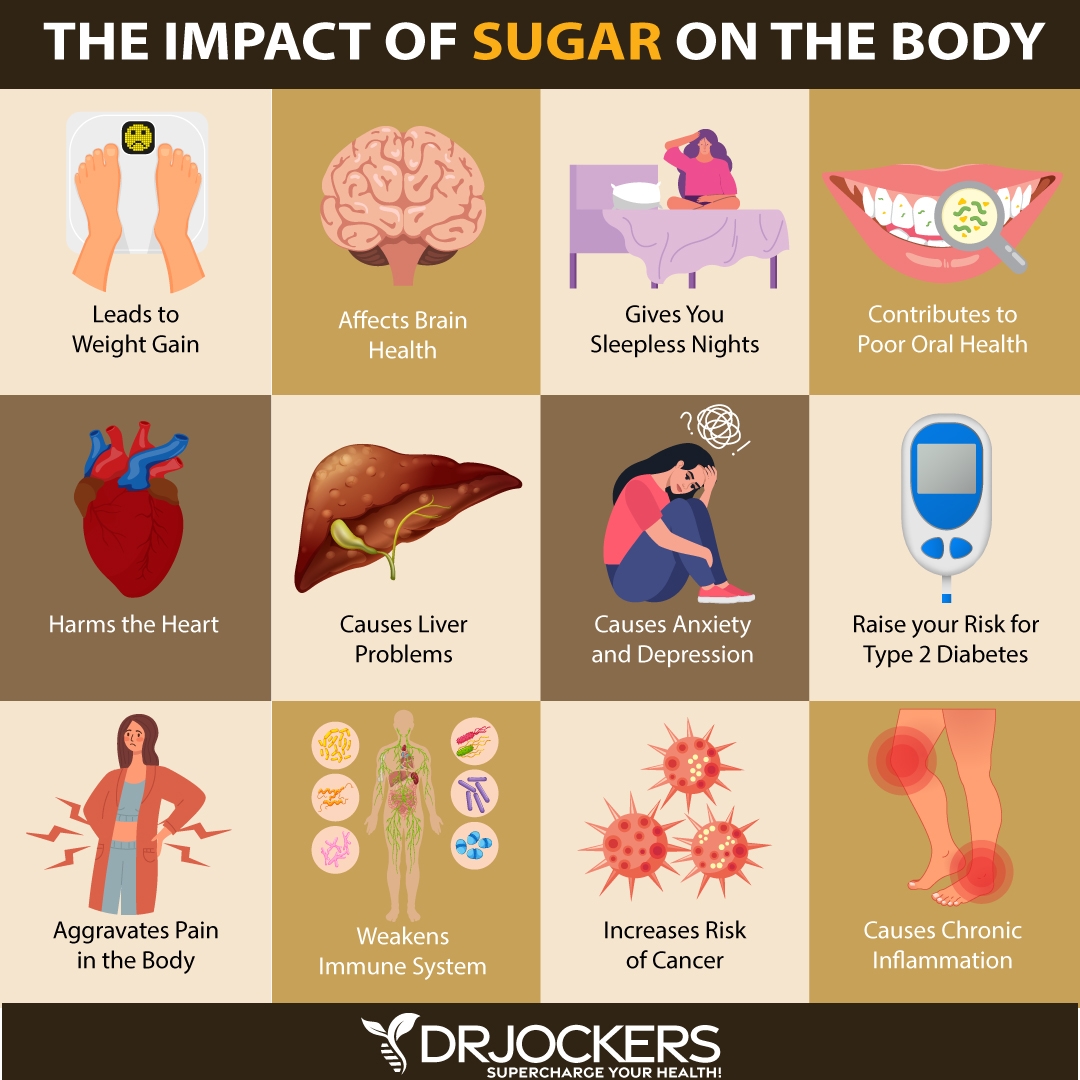
THE BOTTOM LINE
- You have a basic understanding of HOW and WHY your brain chemistry got so messed up. Driving you to crave unhealthy, destructive substances or experiences.
- You have a basic knowledge of two key players that : the neurotransmitters DOPAMINE and And you know that your intense cravings, severe depression or anxiety, and dysfunctional life are greatly related to the broken electrical system in your mind. Even your willpower can be weakened by runaway brain chemistry.
- One of the greatest predictors of a failed recovery is substituting your drug (or habit) of choice with sugar. This article doesn’t begin to show you how devastating sugar truly is in our bodies. Many healthcare professionals agree that sugar should be classified as a controlled substance. This is because it can be as equally addicting and destructive as cocaine or alcohol neurologically.
Top Supplements to Beat Addictions
Dopamine Support
Since DOPAMINE is obviously a crucial element in brain chemistry, I strongly recommend Dopamine Plus, a superior supplement developed specifically to restore healthy dopamine activity and combat craving in the brain. We can’t put neurotransmitters in a capsule because they are chemical, electrical actions in the brain.
We most certainly can FEED the brain with the essential nutrients needed to restore depleted dopamine levels; and also help maintain healthy SEROTONIN functioning – equally critical to our mental, psychological, emotional and physical performance as dopamine.
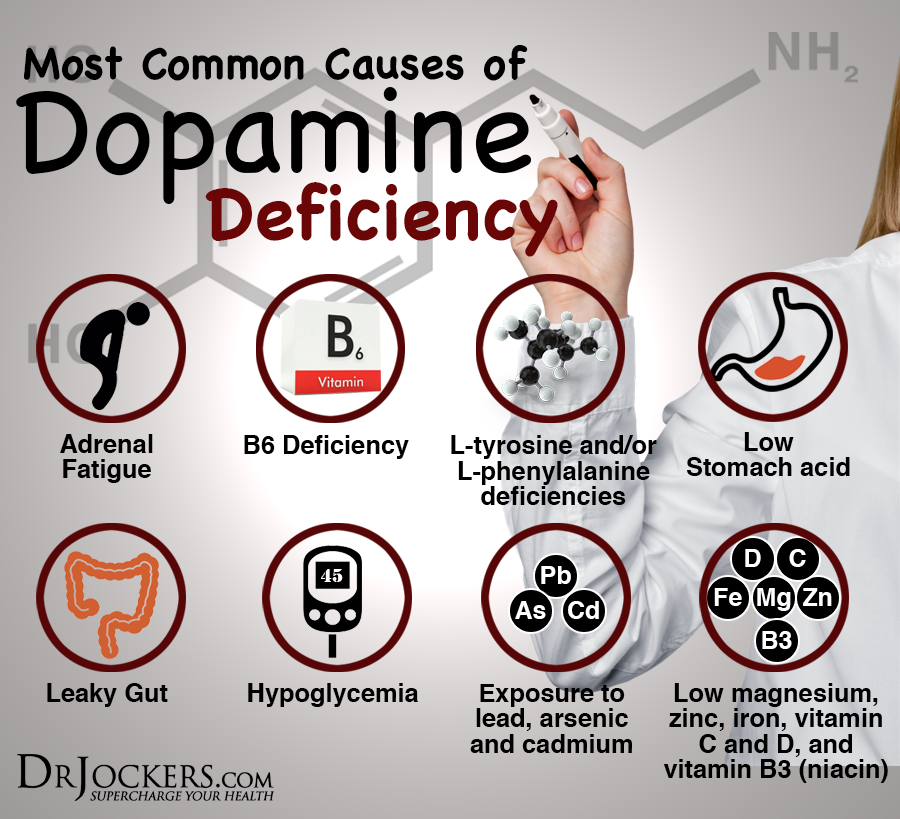
We recently received the following testimonial about Dopamine Plus:
“I just wanted to say how much help the Dopamine Plus supplement has helped me in overcoming my alcohol addiction. I’ve abused alcohol since my teens (I’m now 45) and struggled with overcoming it since 2011.
After reading up on the link between dopamine deficiency in long term alcohol abusers I thought your supplement was worth a shot. Dopamine Plus, combined with the employing a recovery/life coach, have resulted in my being alcohol free since May 19, 2018 with essentially NO cravings!
I had over a year of sobriety at one point coupled with various sober periods over the years before I resumed drinking. However, this time it has seemed virtually simple and I think your supplements were a big factor. I believe my brain chemistry was so “off” from years of on again/off again alcohol abuse that I needed something to help regulate my dopamine production and this product has certainly helped me tremendously.”
Amino Acids
As was mentioned earlier, we need amino acids in order to create balanced neurotransmitters in the brain. Amino acids come from protein sources. For the most part, adequate amino acids can be derived for the diet.
If you have digestive issues, however, then supplementing with bone broth or amino acid powder can be very helpful. Bone broth is great for providing amino acids while soothing the gut and improving digestion. Using an essential amino acid powder like Amino Strong is a simple and direct way to get all of the aminos your body needs in an easily absorbable form.
Probiotics
The gut microbiome can play a role in neurotransmitter balance in addition to the brain’s response to certain drugs (9). In addition to digestive issues, it is common for those with addictions to also have an imbalance microbiome.
Using probiotics can help to restore a beneficial bacterial balance in the gut. I would recommend cycling between lacto-fermented strains and soil-based strains for optimal balance. My current favorites are ProbioCharge and SBO Probiotics – Ultimate.
Adaptogens
Adaptogens are herbs or substances that improve the body’s ability to adapt to stress. This is great because they can influence stress hormones as well as dopamine in beneficial ways. As we talked about before, stress can lead to cravings and blood sugar imbalances.
Using adaptogens can help create balance in the body in this regard and help to restore optimal brain chemistry. Adapt-Strong is my current go-to option for this.
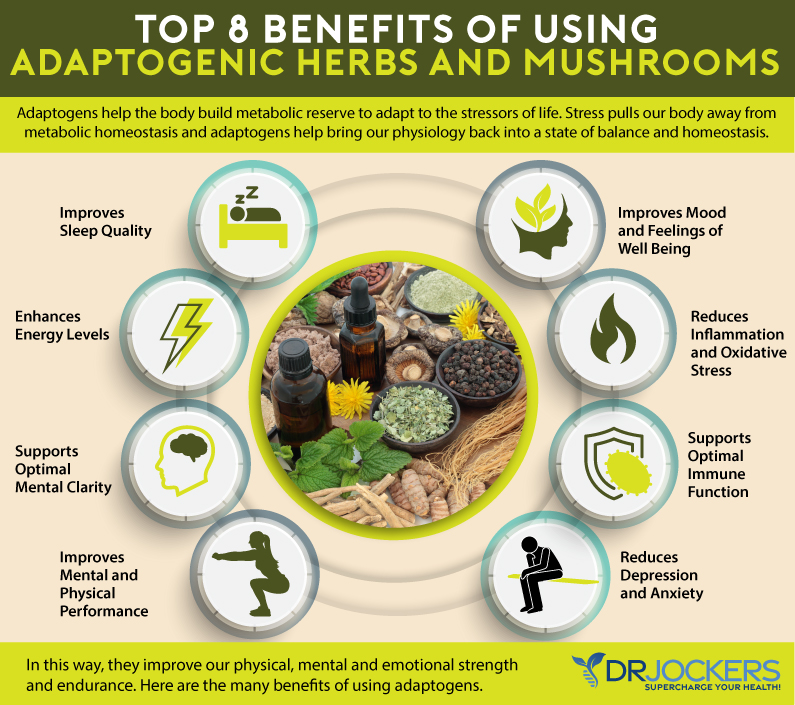
Inflammation Crushing Ebundle
The Inflammation Crushing Ebundle is designed to help you improve your brain, liver, immune system and discover the healing strategies, foods and recipes to burn fat, reduce inflammation and thrive in life!
As a doctor of natural medicine, I have spent the past 20 years studying the best healing strategies and worked with hundreds of coaching clients, helping them overcome chronic health conditions and optimize their overall health.
In our Inflammation Crushing Ebundle, I have put together my very best strategies to reduce inflammation and optimize your healing potential. Take a look at what you will get inside these valuable guides below!


